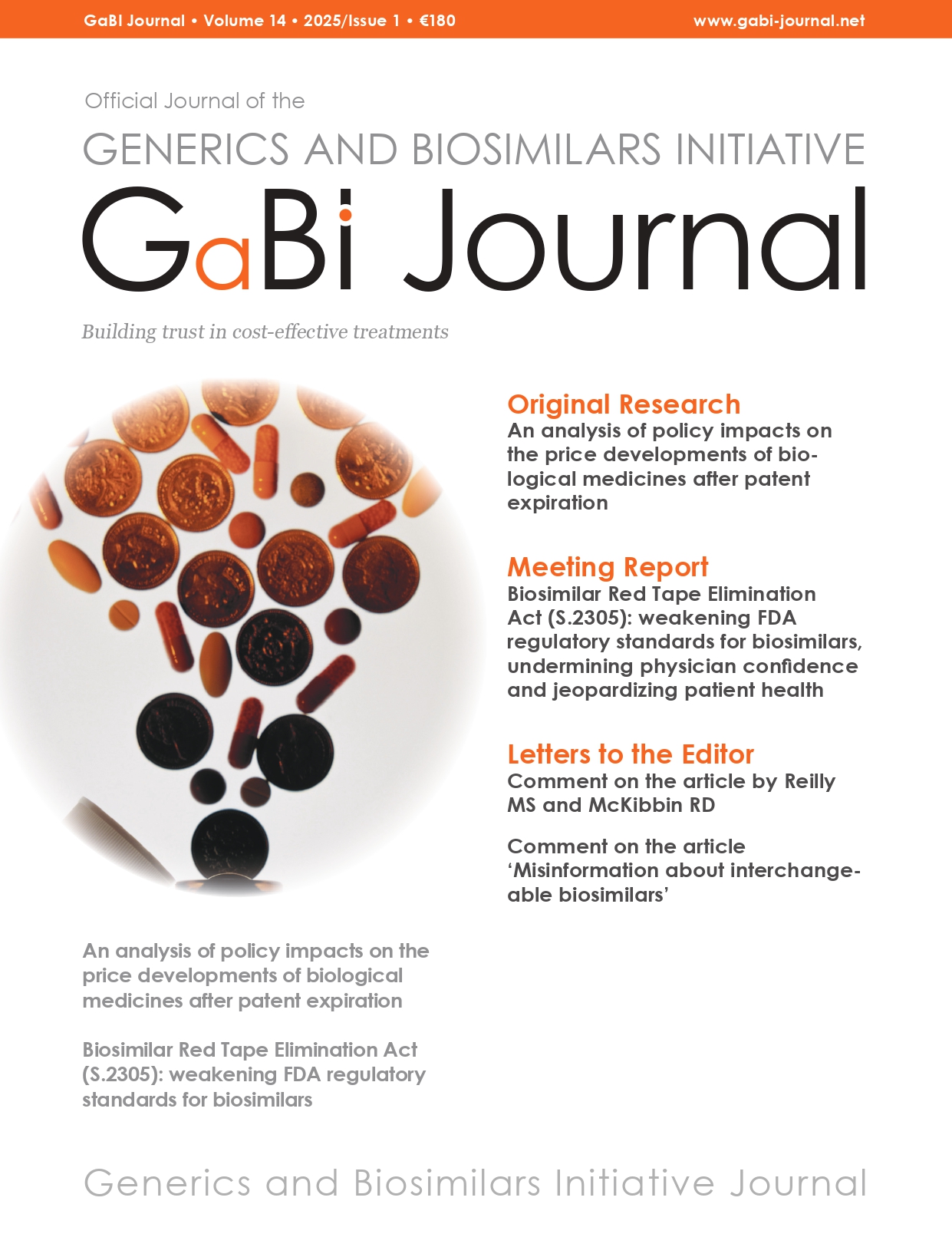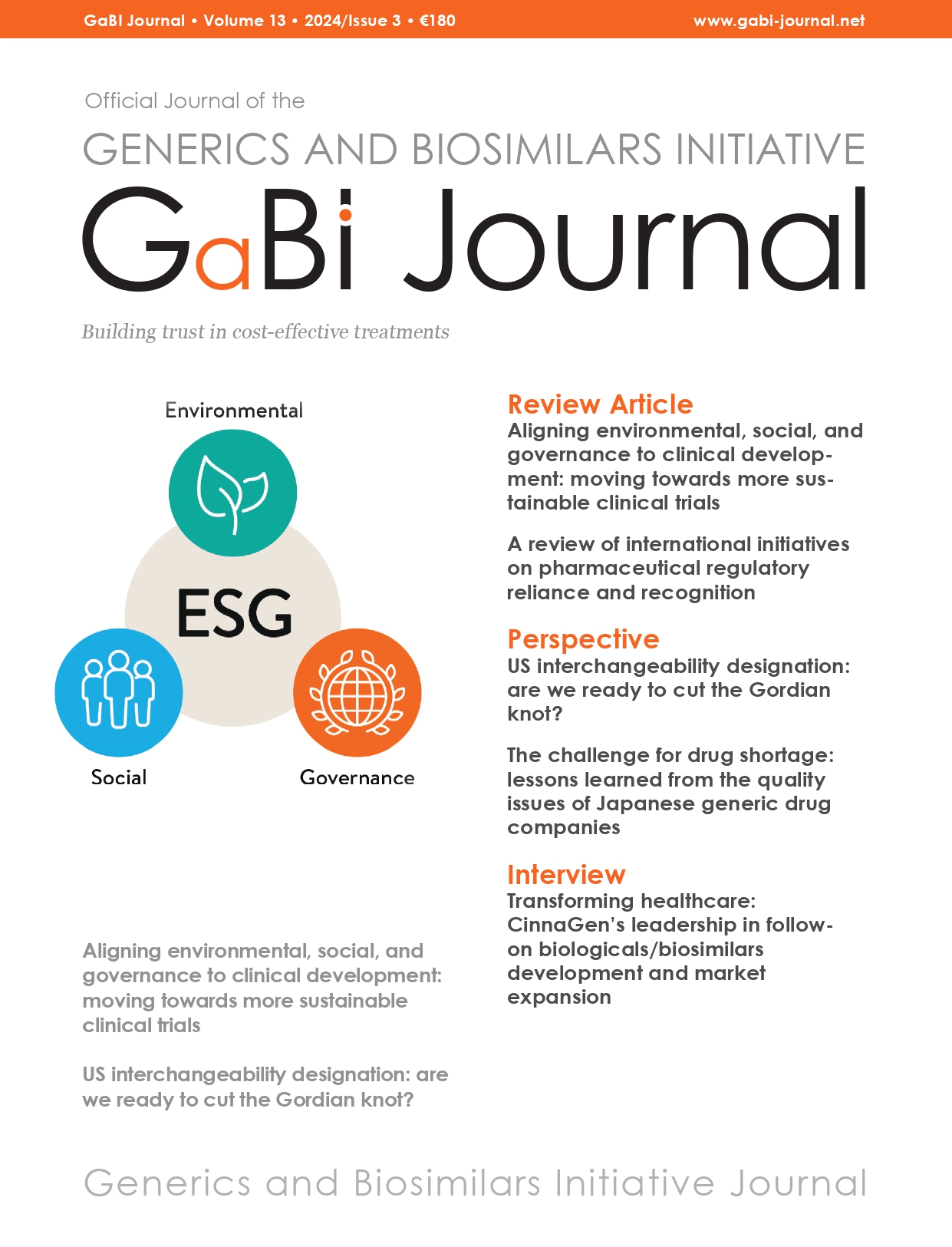Waiver of consent for retrospective chart review studies
Abstract: The importance of obtaining IRB/EC consent for waiver of consent before embarking on retrospective chart review studies was highlighted using the recent case of a manuscript submitted to GaBI Journal. Submitted: 12 March 2016; Revised: 14 March 2016; Accepted: 14 March 2016; Published online first: 28 March 2016 This commentary was prompted by a […]


